
On July 20, 1969, a human walked on the Moon for the first time.
Relive the full journey to and from the the Moon with the timeline below.
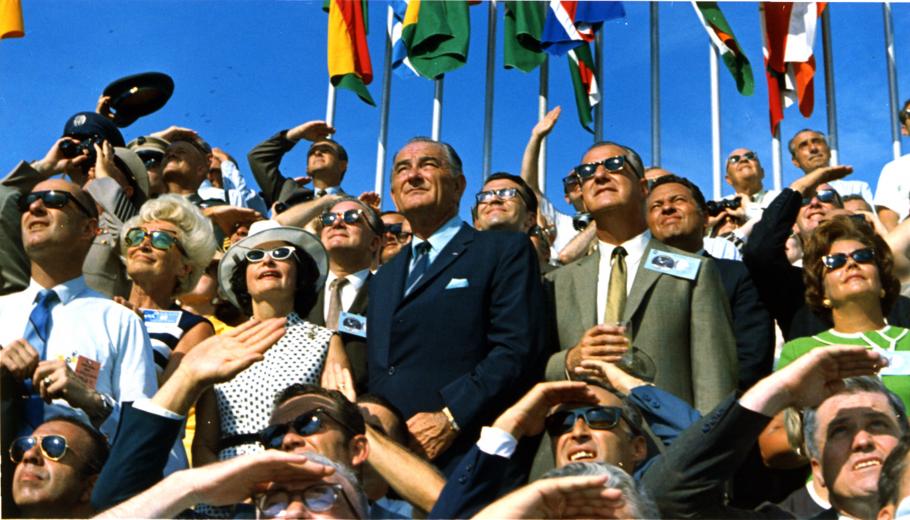
July 16, 1969 13:32:00 UTC (Universal Coordinated Time) 9:32 am ET (Eastern Time)
Liftoff! The Apollo 11 Spacecraft launched from Cape Kennedy.
Over a million spectators, including Vice President Spiro Agnew and former President Lyndon Johnson, have come to watch the lift off.

Traveling to the Moon
From launch to landing, Armstrong, Aldrin, and Collins were on a three day journey to the Moon. One thing that was not widely publicized during the Apollo program was that the astronauts carried music with them into space. According to most accounts, the astronauts of Gemini and Apollo listened mainly to adult contemporary and country music.
Neil Armstrong’s musical tastes were a bit more complex than his colleagues. He chose to bring something spacey onboard his space capsule: Theremin music.
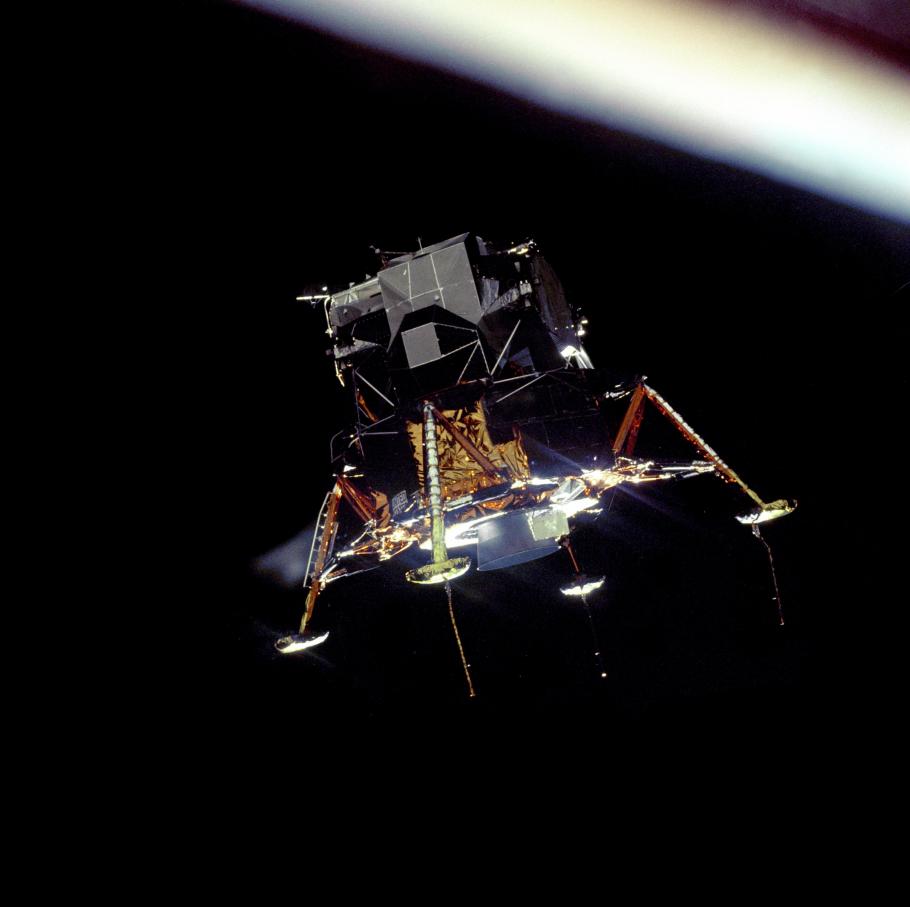
July 20, 1969 17:44 UTC 1:44 pm ET
The lunar module with Armstrong and Aldrin aboard was undocked from the command module. At 101:36 GET, the descent to the surface of the Moon began.
Michael Collins stayed aboard the Command Module Columbia , serving as a communications link and photographing the lunar surface.
More about Collins's journey to the far side of the Moon
July 20, 1969 20:17 UTC 4:17 pm ET
The Eagle Has Landed!
The lunar module touched down on the surface on the Moon.
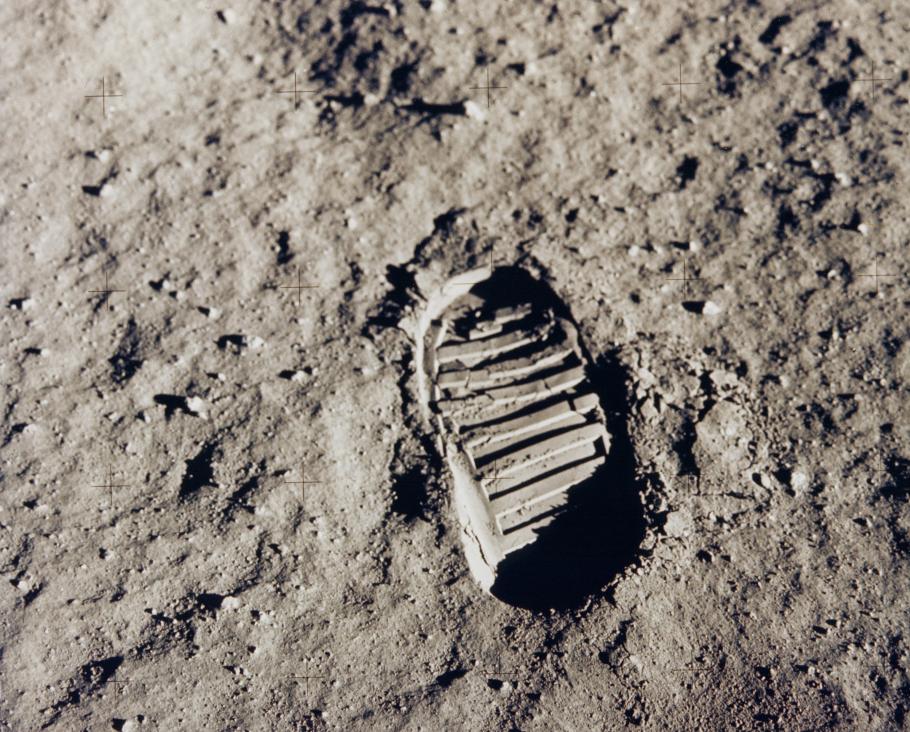
July 21, 1969 2:51 UTC July 20, 1969 10:51 pm ET
Neil Armstrong begins his descent from the lunar module and takes humankind’s first steps on the Moon, followed by Buzz Aldrin.
July 20, 1969 2:56 UTC July 21, 1969 10:56 pm ET
That's one small step for man, one giant leap for mankind.
On the Moon, the astronauts carried out a planned series of experiments. Approximately two hours and fifteen minutes later, the astronauts prepared to reenter the lunar module.
About the Experiments
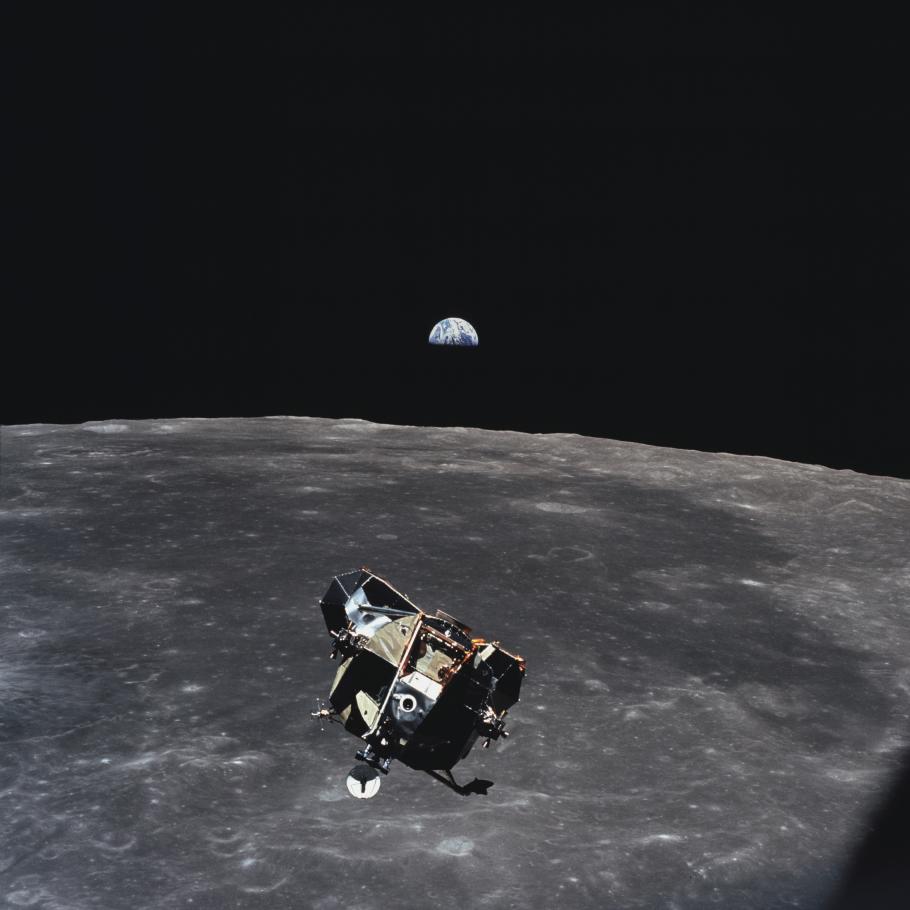
July 21, 1969 17:54 UTC 1:54 pm ET
The ascent from the lunar surface began. At 21:35 UTC (5:35 pm ET) lunar module would rendezvous with the command and service modules, where Michael Collins would welcome back Aldrin and Armstrong. At 23:41 UTC (9:41 pm ET) Lunar Module Eagle was jettisoned into lunar orbit.
What We Left Behind
July 22, 1969 4:55 UTC 11:55 pm ET
Apollo 11 left lunar orbit to return to Earth.
July 24, 1969 4:51 UTC 12:51 pm ET
Splashdown!
The astronauts returned to Earth. In case the Moon had any traces of biological pathogens, the astronauts had to stay in quarantine for 21 days.
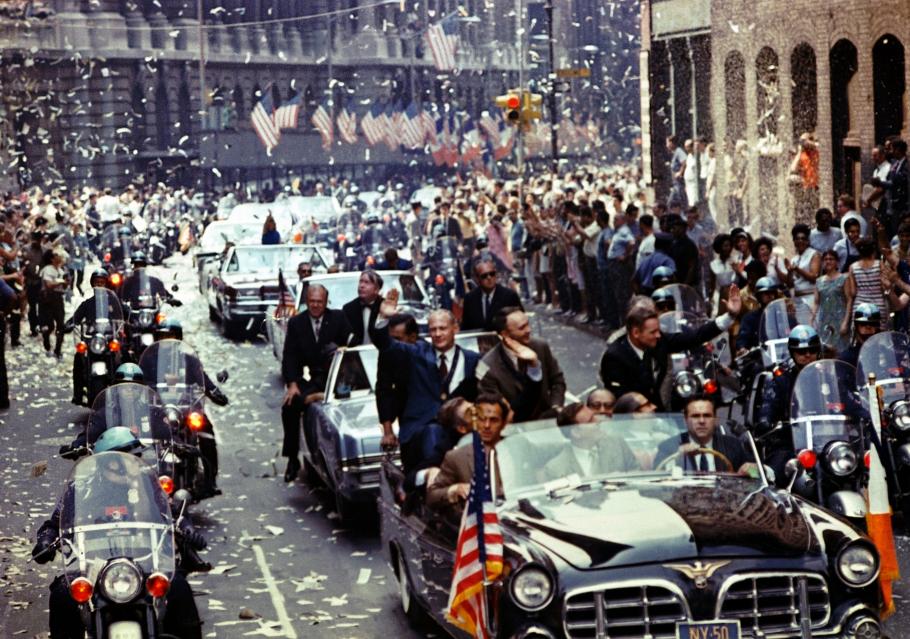
After 21 Days in Quarantine
The United States celebrated the returning heroes in the time-honored tradition reserved for such occasions: parades. The astronauts were lauded at parades across the nation, from New York, to Chicago, to their hometowns, and eventually partook in a world tour.
More About Welcoming the Astronauts Home
The Family That Knocked on Neil Armstrong's Door
Thank you. You have successfully signed up for our newsletter.
Error message, sorry, there was a problem. please ensure your details are valid and try again..
- Get Involved
- Host an Event
- Free Timed-Entry Passes Required
- Terms of Use

Suggested Searches
- Climate Change
- Expedition 64
- Mars perseverance
- SpaceX Crew-2
- International Space Station
- View All Topics A-Z
Humans in Space
Earth & climate, the solar system, the universe, aeronautics, learning resources, news & events.
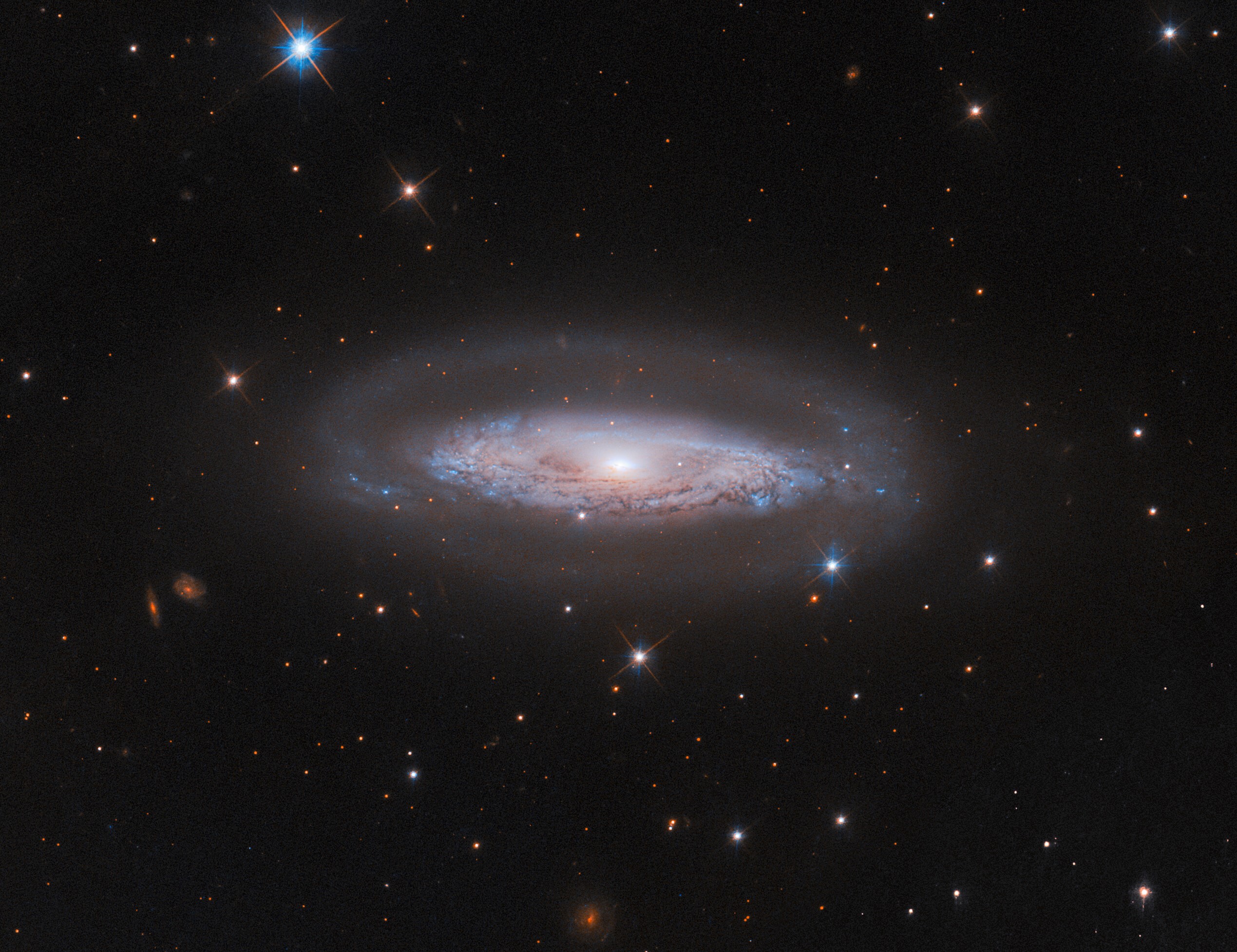
Hubble Examines a Busy Galactic Center
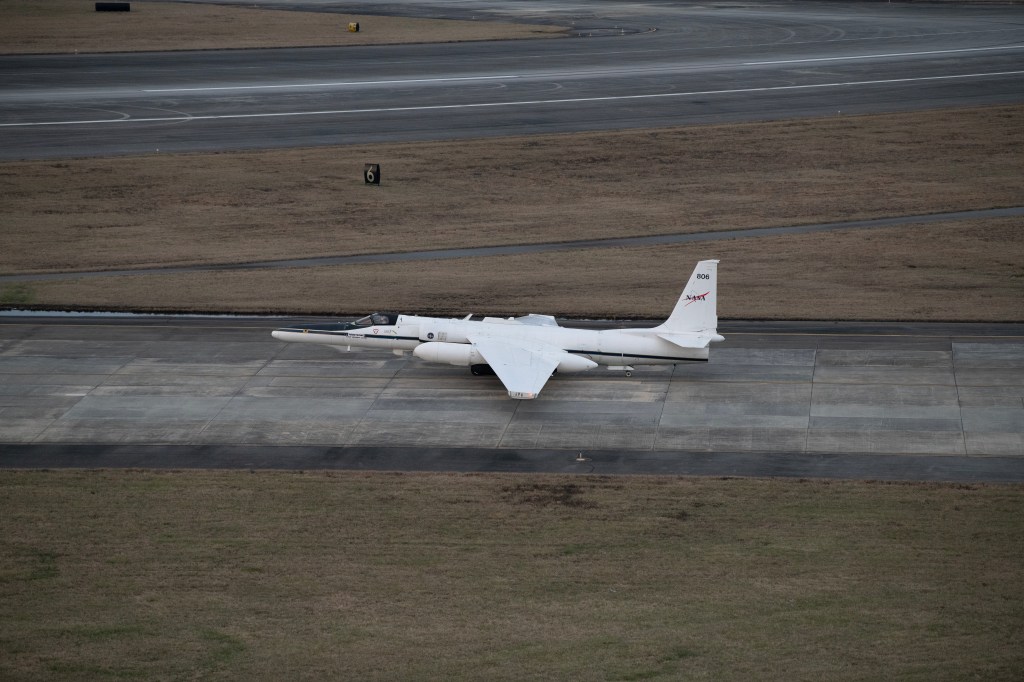
NASA Earth Scientists Take Flight, Set Sail to Verify PACE Satellite Data

What’s Up: September 2024 Skywatching Tips from NASA
- Search All NASA Missions
- A to Z List of Missions
- Upcoming Launches and Landings
- Spaceships and Rockets
- Communicating with Missions
- James Webb Space Telescope
- Hubble Space Telescope
- Why Go to Space
- Commercial Space
- Destinations
- Living in Space
- Explore Earth Science
- Earth, Our Planet
- Earth Science in Action
- Earth Multimedia
- Earth Science Researchers
- Pluto & Dwarf Planets
- Asteroids, Comets & Meteors
- The Kuiper Belt
- The Oort Cloud
- Skywatching
- The Search for Life in the Universe
- Black Holes
- The Big Bang
- Dark Energy & Dark Matter
- Earth Science
- Planetary Science
- Astrophysics & Space Science
- The Sun & Heliophysics
- Biological & Physical Sciences
- Lunar Science
- Citizen Science
- Astromaterials
- Aeronautics Research
- Human Space Travel Research
- Science in the Air
- NASA Aircraft
- Flight Innovation
- Supersonic Flight
- Air Traffic Solutions
- Green Aviation Tech
- Drones & You
- Technology Transfer & Spinoffs
- Space Travel Technology
- Technology Living in Space
- Manufacturing and Materials
- Science Instruments
- For Kids and Students
- For Educators
- For Colleges and Universities
- For Professionals
- Science for Everyone
- Requests for Exhibits, Artifacts, or Speakers
- STEM Engagement at NASA
- NASA's Impacts
- Centers and Facilities
- Directorates
- Organizations
- People of NASA
- Internships
- Our History
- Doing Business with NASA
- Get Involved
NASA en Español
- Aeronáutica
- Ciencias Terrestres
- Sistema Solar
- All NASA News
- Video Series on NASA+
- Newsletters
- Social Media
- Media Resources
- Upcoming Launches & Landings
- Virtual Guest Program
- Image of the Day
- Sounds and Ringtones
- Interactives
- STEM Multimedia

NASA Invites Social Creators to Experience Launch of Europa Clipper Mission
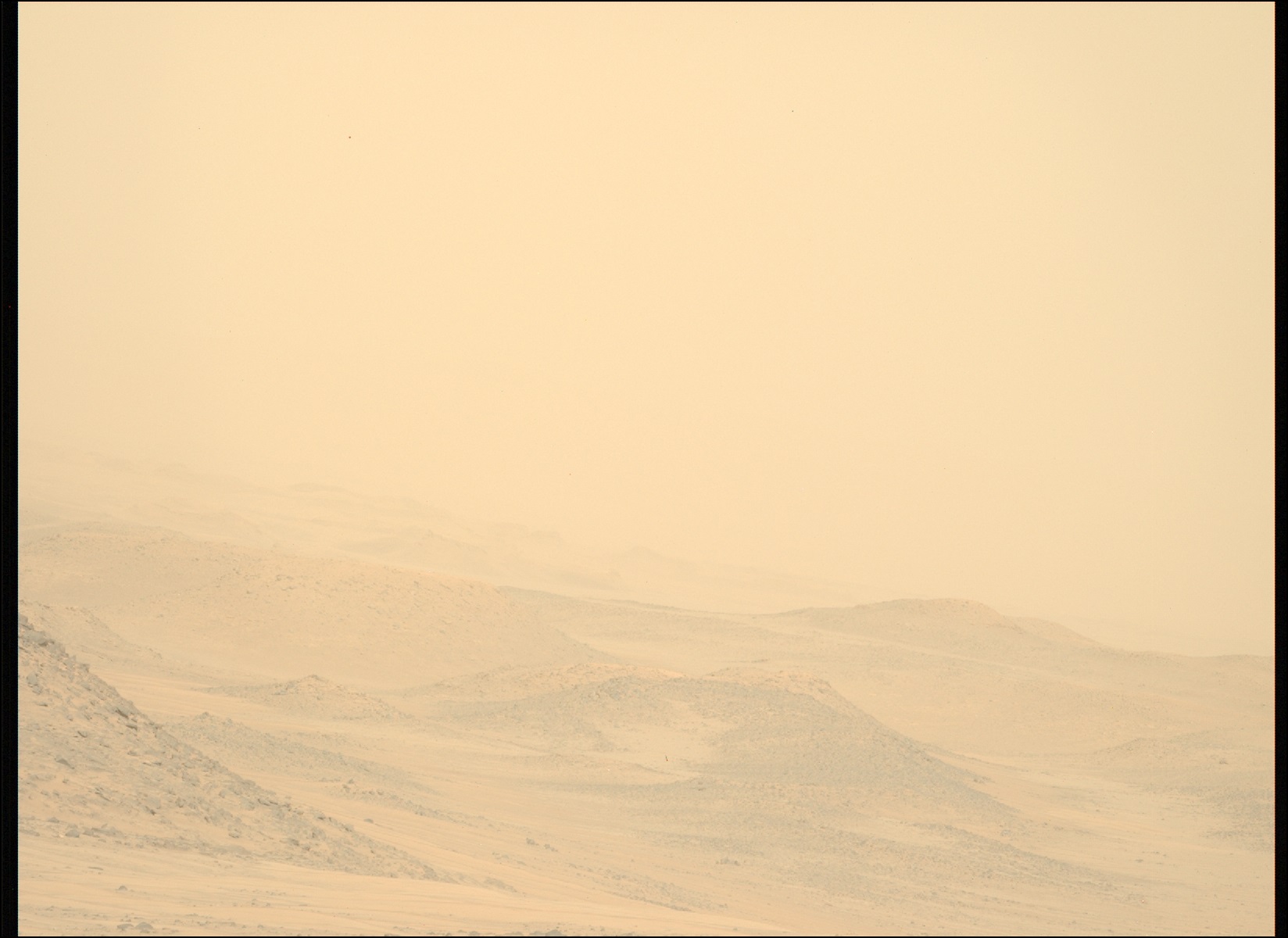
Persevering Through the Storm
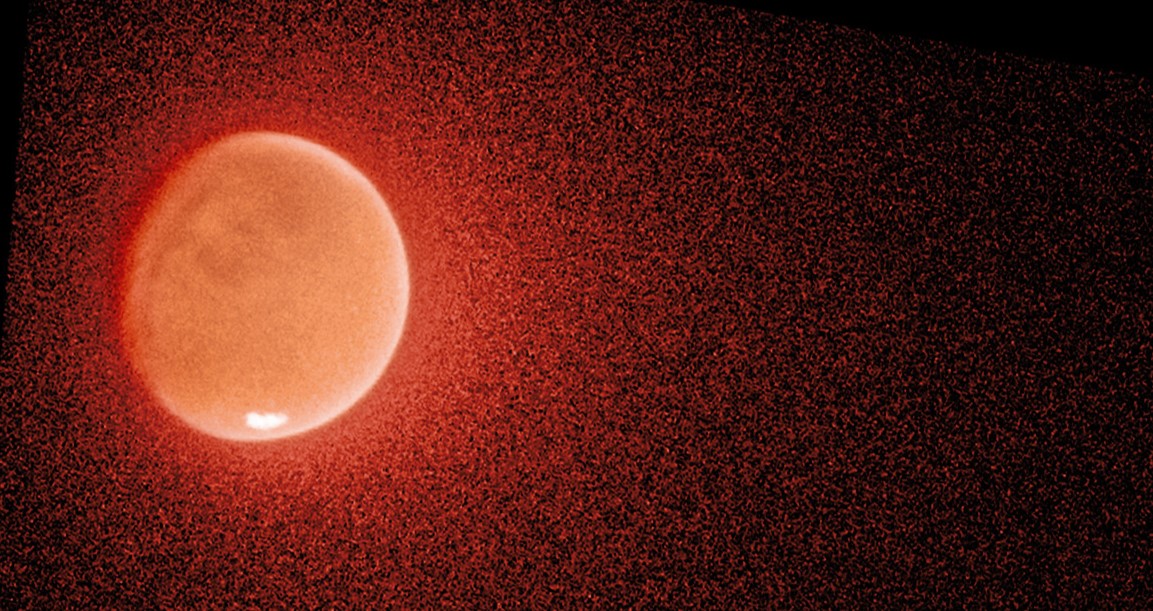
NASA’s Hubble, MAVEN Help Solve the Mystery of Mars’ Escaping Water

NASA Astronaut Don Pettit’s Science of Opportunity on Space Station

NASA, Boeing Optimizing Vehicle Assembly Building High Bay for Future SLS Stage Production

NASA Seeks Input for Astrobee Free-flying Space Robots
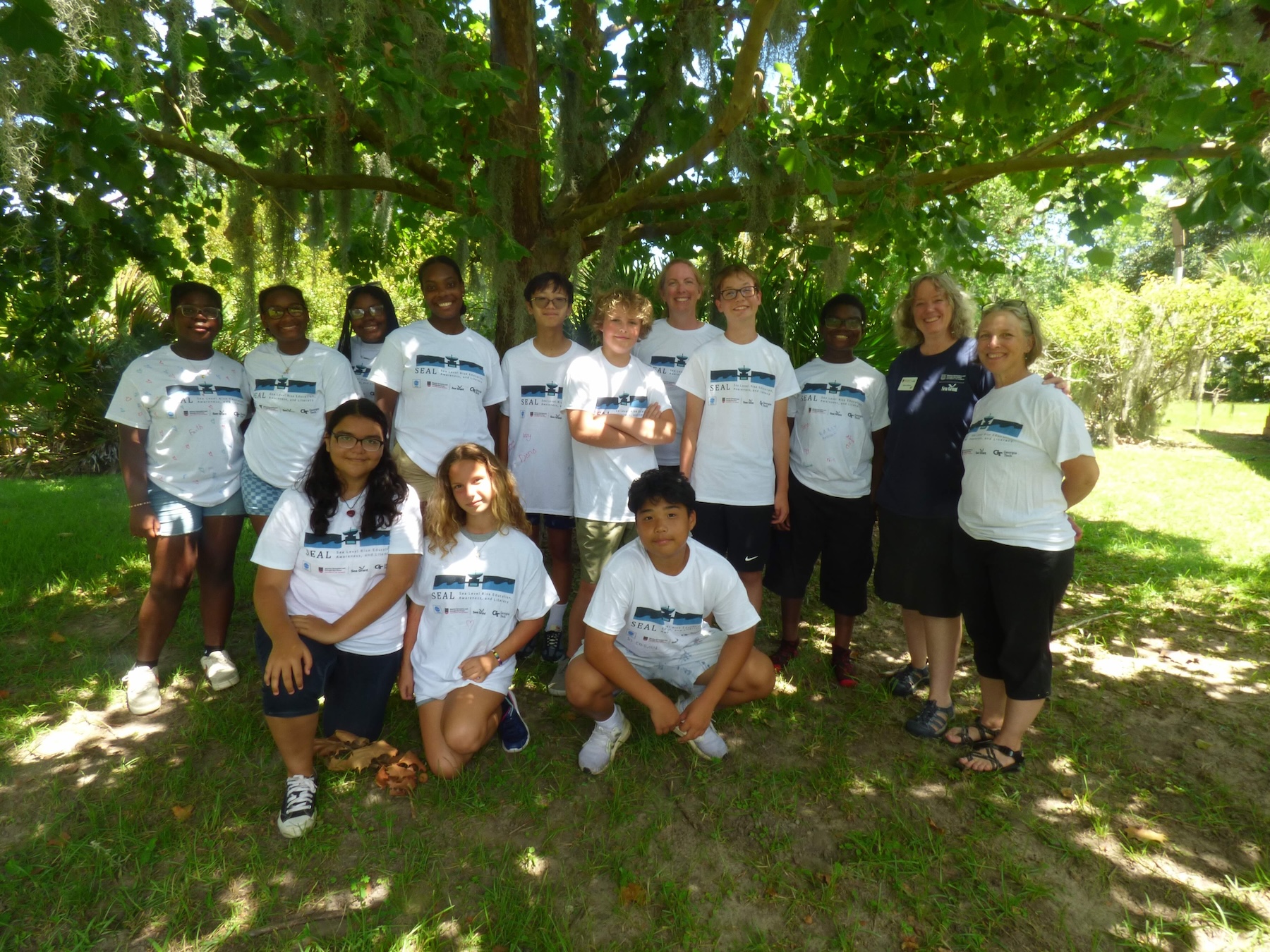
NASA Summer Camp Inspires Future Climate Leaders

NASA Mission Gets Its First Snapshot of Polar Heat Emissions
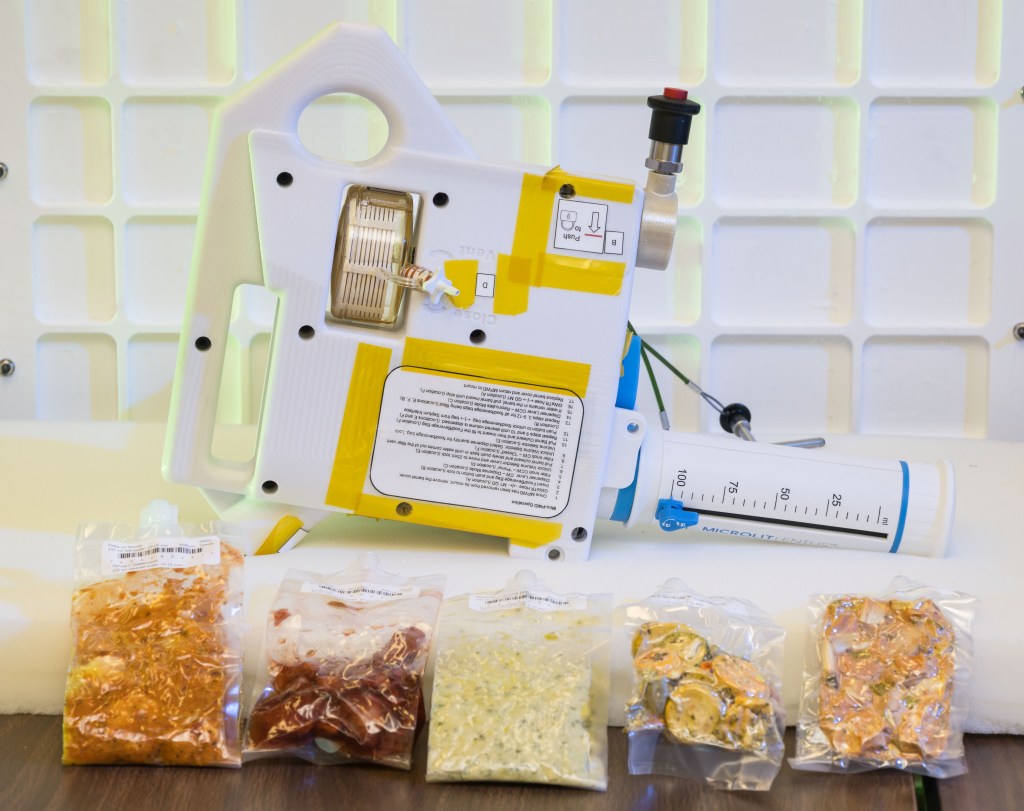
Artemis IV: Gateway Gadget Fuels Deep Space Dining
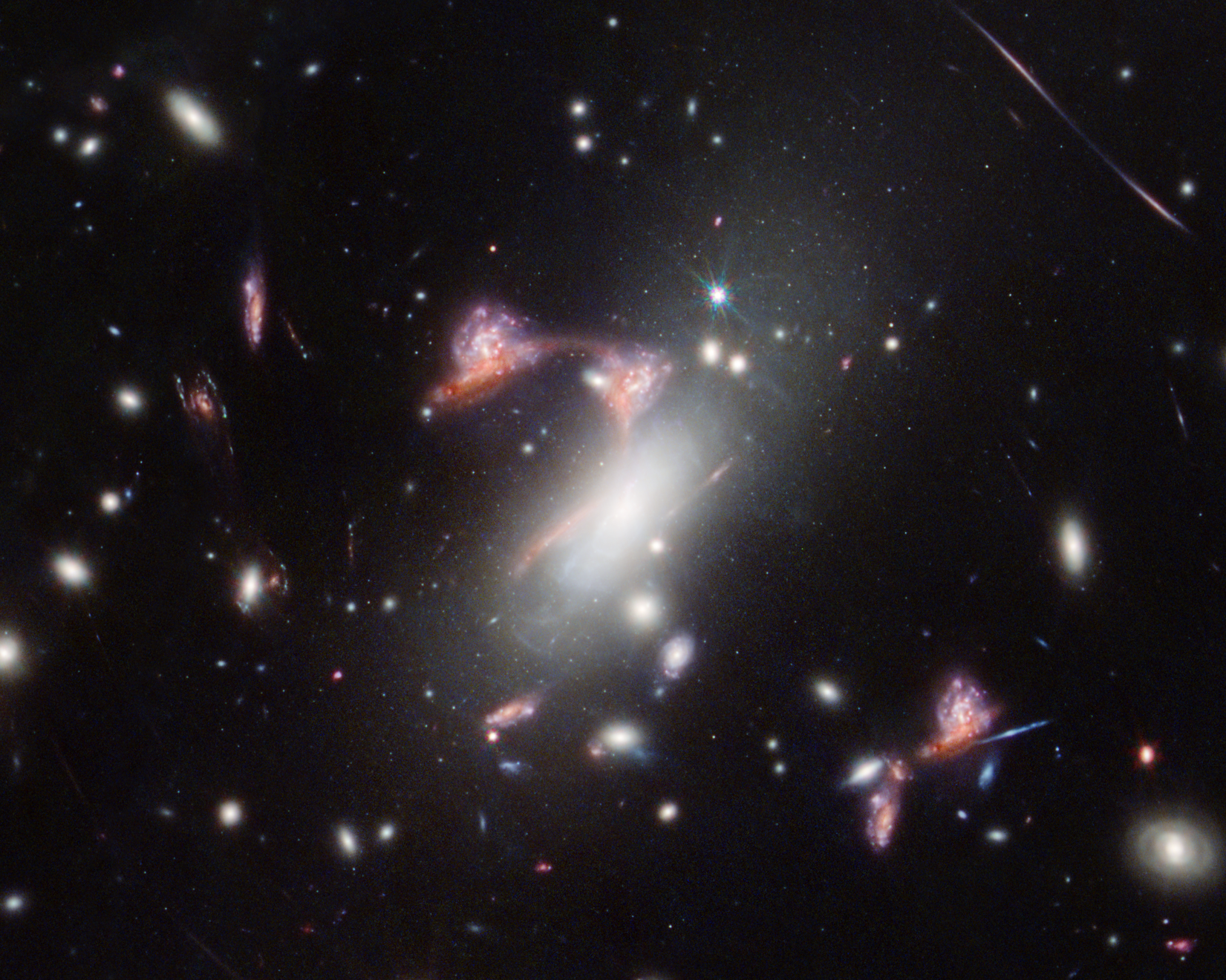
NASA’s Webb Reveals Distorted Galaxy Forming Cosmic Question Mark

NASA’s Mini BurstCube Mission Detects Mega Blast
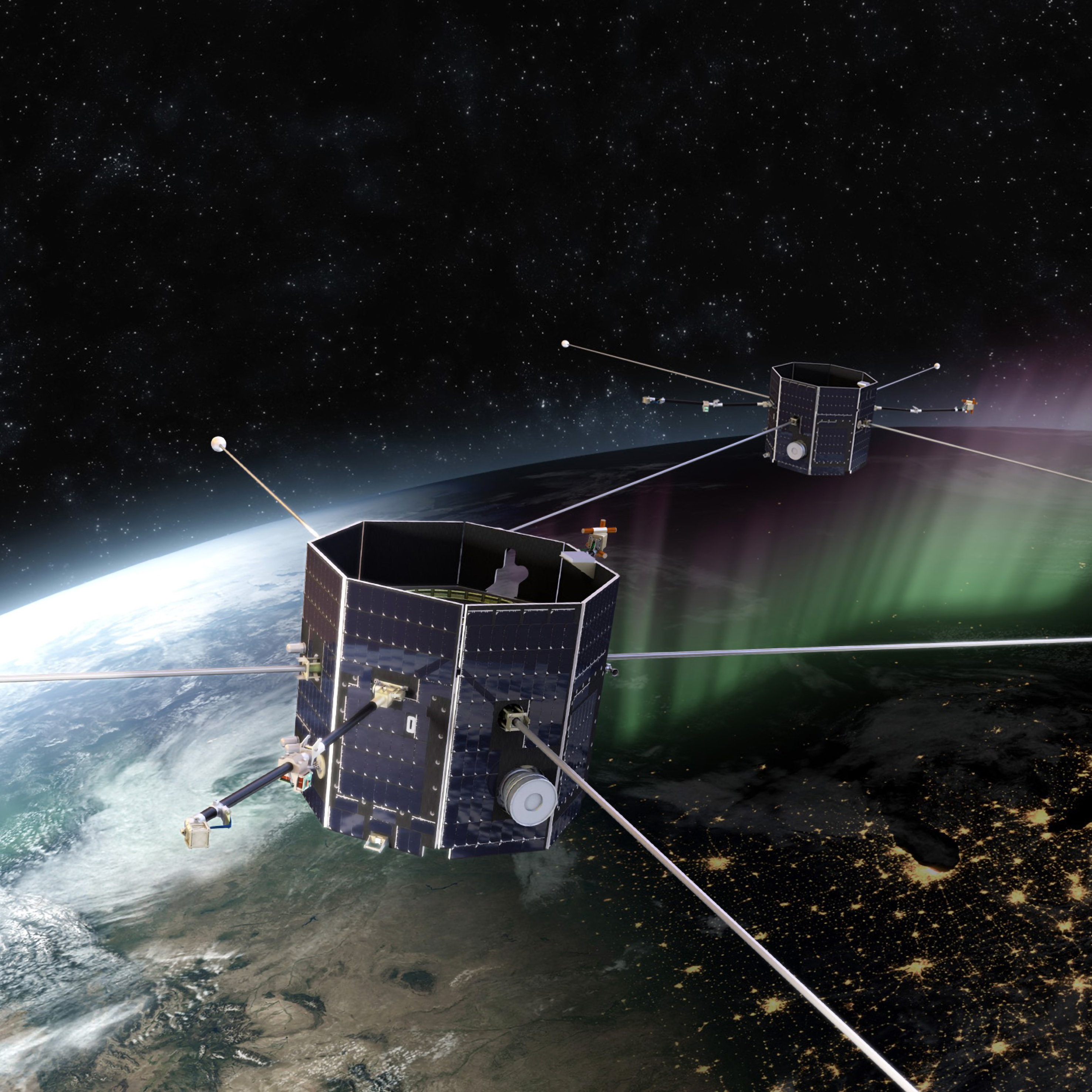
NASA Tunnel Generates Decades of Icy Aircraft Safety Data

Research Plane Dons New Colors for NASA Hybrid Electric Flight Tests

NASA G-IV Plane Will Carry Next-Generation Science Instrument
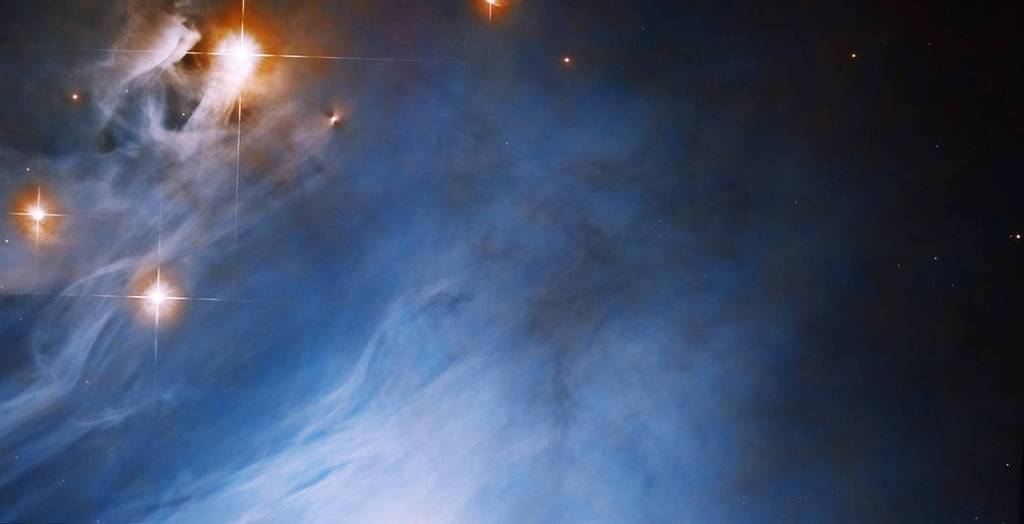
OSAM-1 Partnership Opportunity: Request for Information
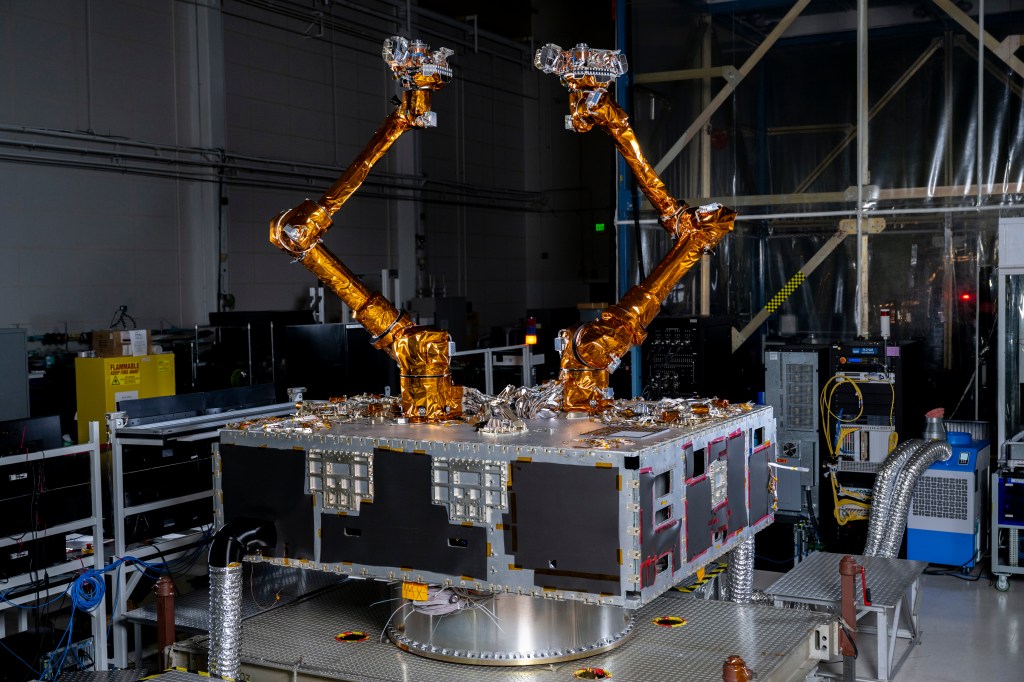
NASA to Support DARPA Robotic Satellite Servicing Program


NASA JPL Developing Underwater Robots to Venture Deep Below Polar Ice
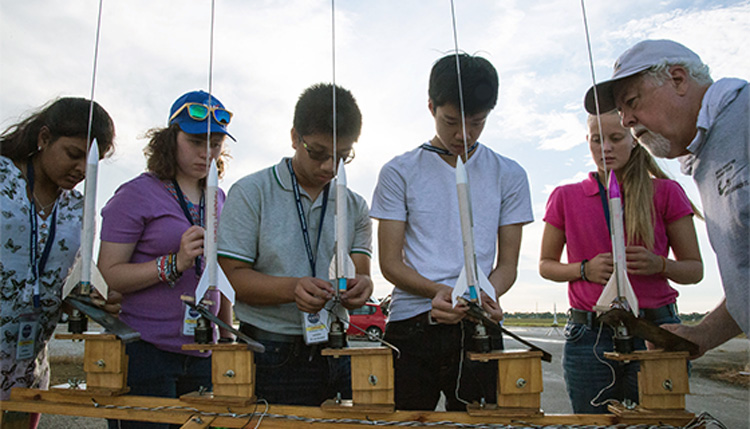
Learn Math with NASA Science

Eclipses Create Atmospheric Gravity Waves, NASA Student Teams Confirm

La NASA invita a los medios al lanzamiento de Europa Clipper

El X-59 de la NASA avanza en las pruebas de preparación para volar

La NASA invita a creadores de las redes sociales al lanzamiento de la misión Europa Clipper
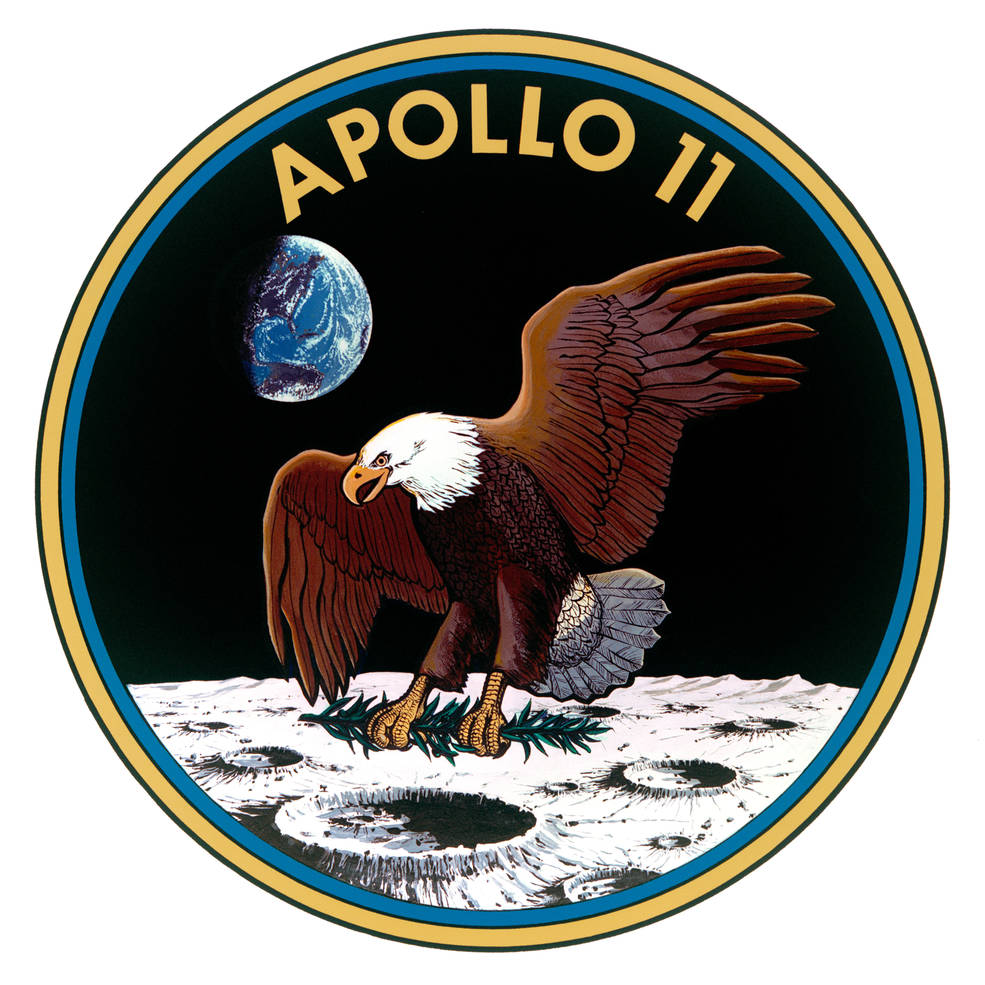
The primary objective of Apollo 11 was to complete a national goal set by President John F. Kennedy on May 25, 1961: perform a crewed lunar landing and return to Earth.
Mission Type

Neil Armstrong
Edwin “buzz” aldrin, michael collins.
First human to set foot on the Moon.
Armstrong was the commander for the Apollo 11 mission.
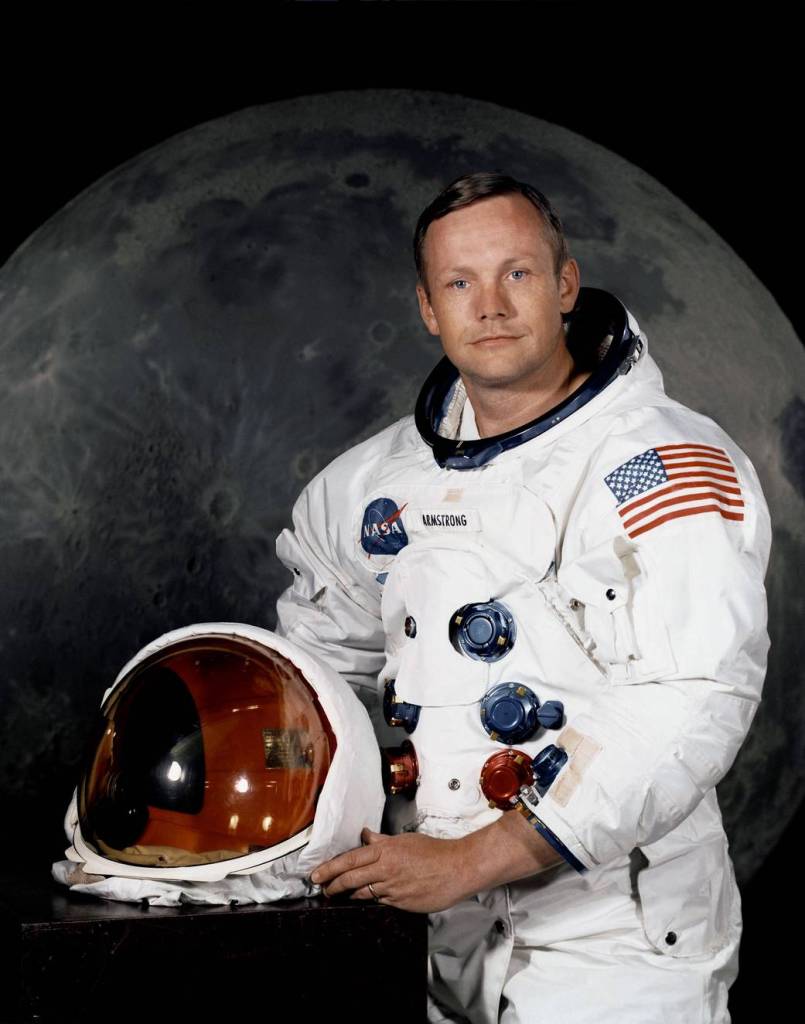
The second human to set foot on the Moon
Aldrin served as lunar module pilot for Apollo 11.
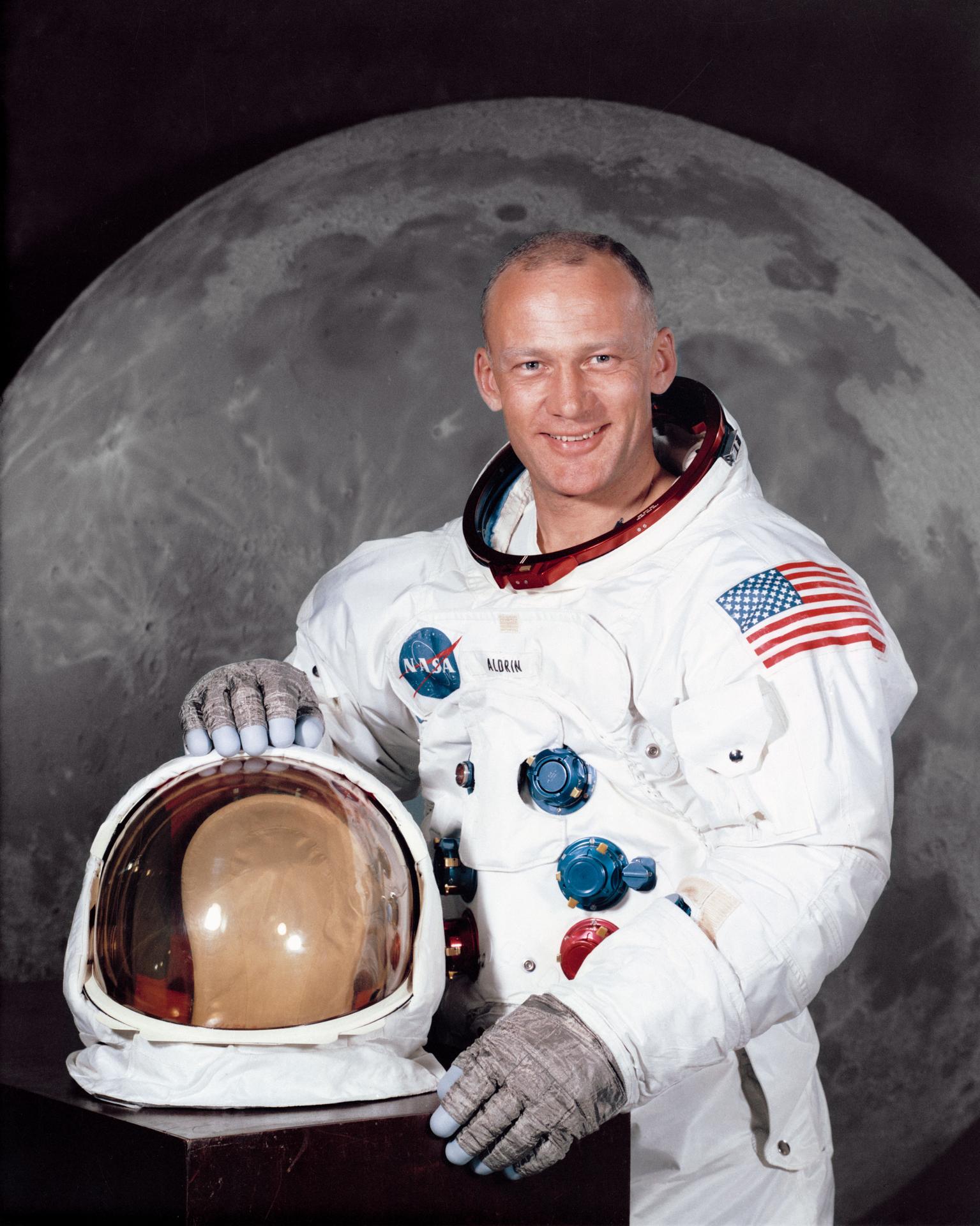
Collins served as command module pilot on Apollo 11.
Collins was one of the third group of astronauts named by NASA in October 1963. He first flew to space on Gemini X.

Apollo 11 Mission Highlights
Watch highlights of the Apollo 11 mission including the launch on July 16, 1969, the landing of the lunar module, Neil Armstrong's first steps on the Moon, splashdown, and more.

Apollo 11 Mission Overview
“The Eagle has landed…” Mission Objective The primary objective of Apollo 11 was to complete a national goal set by…
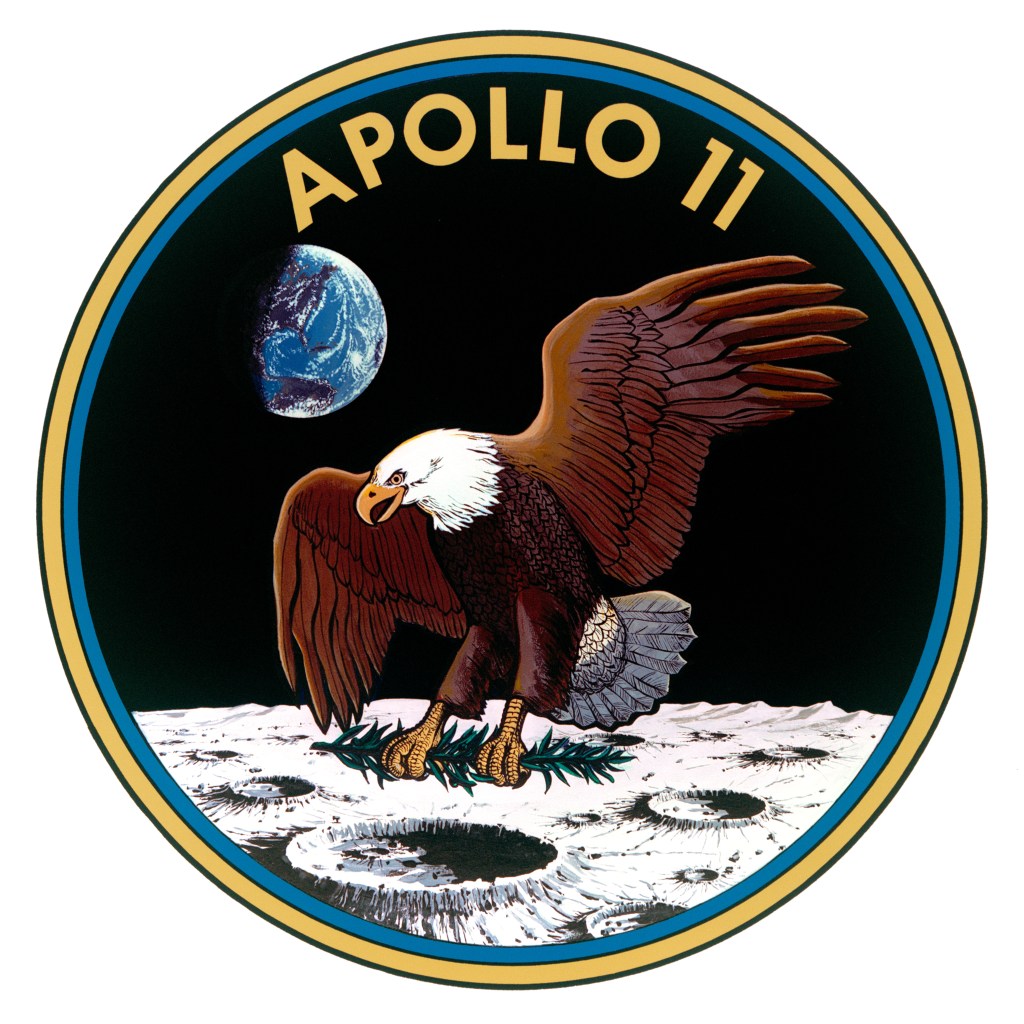
July 20, 1969: One Giant Leap For Mankind
July 1969. It's a little over eight years since the flights of Gagarin and Shepard, followed quickly by President Kennedy's challenge to put a man on the moon before the decade is out.
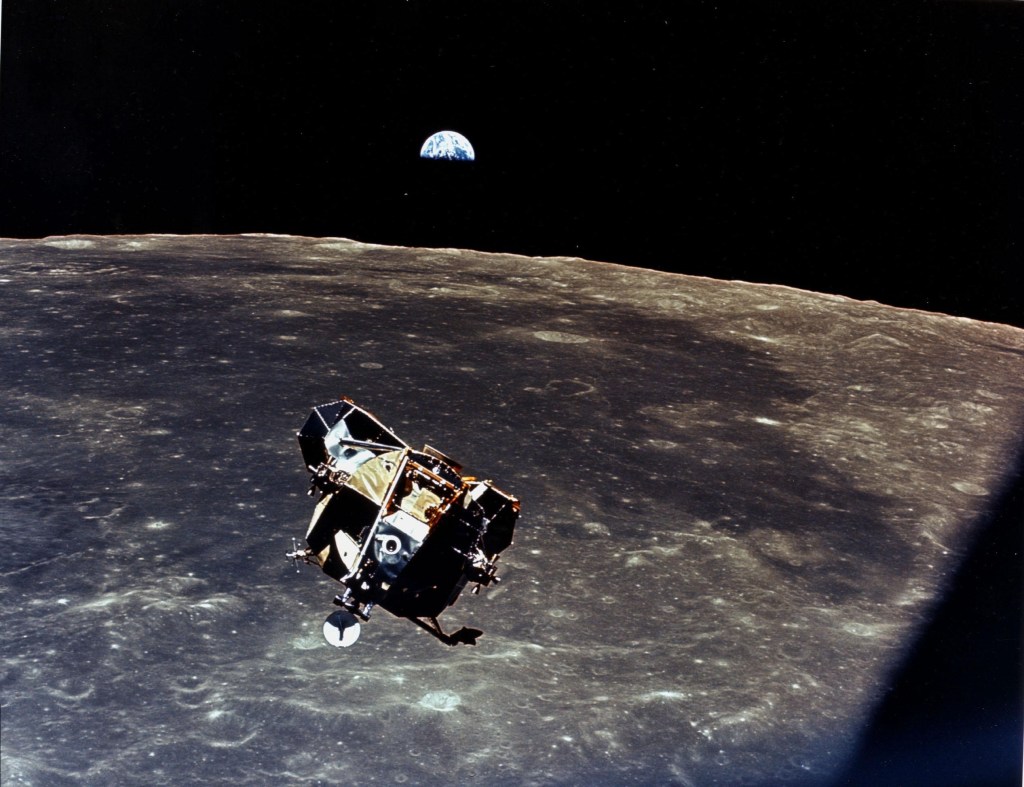
Apollo 11 Moonwalk Montage
Watch the montage.
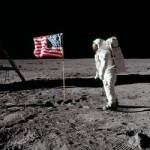
Apollo 11 HD Videos
Watch the Apollo 11 videos in HD.
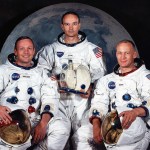
Apollo 11 Audio Highlights
Listen to Apollo 11 audio highlights.
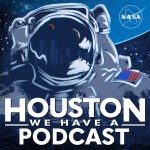
Podcast: Lesser-Known Stories of Apollo 11
Listen to the podcast.
Podcast: The Next First Steps
Who was neil armstrong (grades k-4), who was neil armstrong (grades 5-8), what was the apollo program (grades k-4), what was the apollo program (grades 5-8).
Neil Armstrong was the first person to walk on the moon. He was an astronaut. He flew on two space missions. One was Apollo 11. That mission landed on the moon. He was also an engineer, a pilot and a college professor.
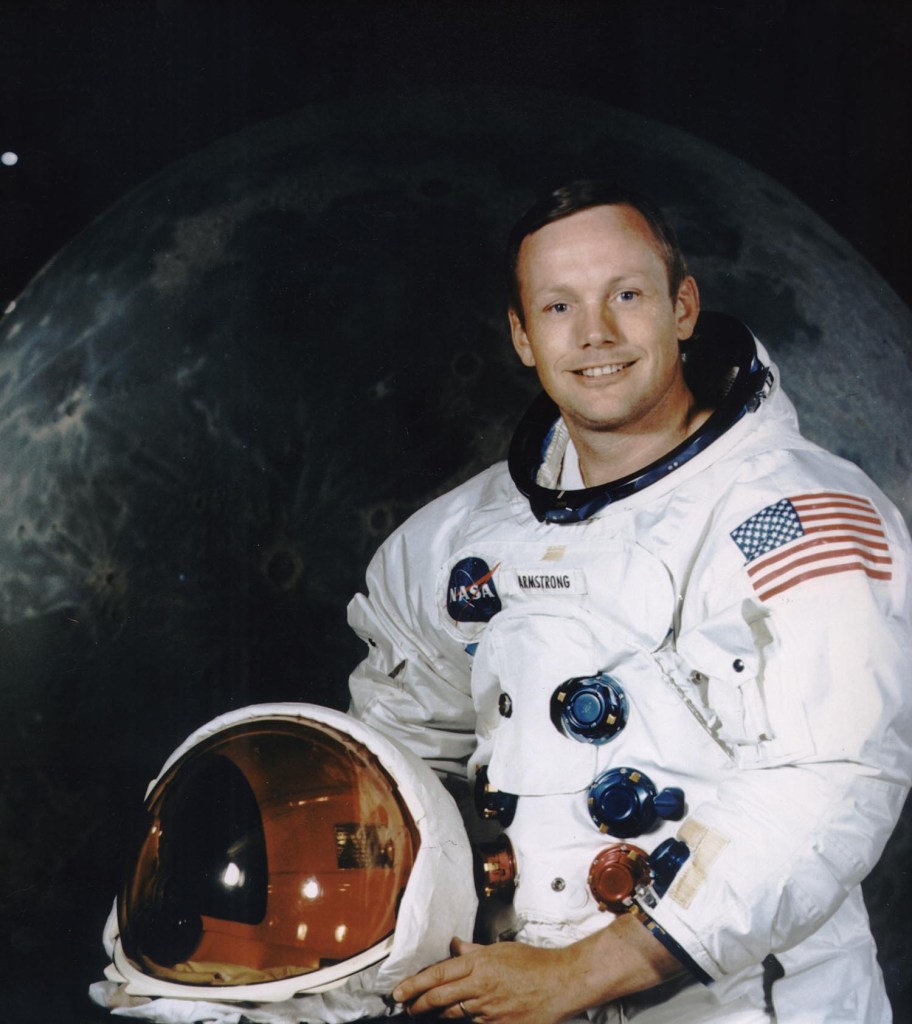
Neil Armstrong was the first human to walk on the surface of the moon. He was an astronaut who flew on two space missions. The first was Gemini 8. The second was Apollo 11, which landed on the moon in 1969. Armstrong was also an engineer, a pilot and a college professor.

Apollo was a NASA program that sent people to the moon. There were 11 Apollo flights. The first Apollo flight was in 1968.
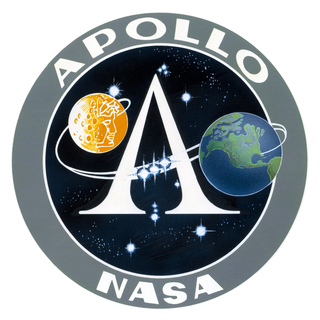
Apollo was the NASA program that resulted in American astronauts’ making a total of 11 spaceflights and walking on the moon.

Apollo 11 Articles
Read about the details of this landmark mission to the Moon.
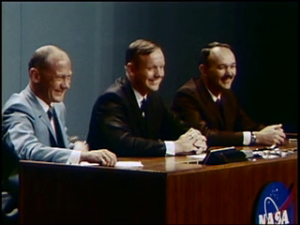
On Aug. 10, 1969, Apollo 11 astronauts Neil A. Armstrong, Michael Collins, and Edwin E. “Buzz” Aldrin completed their 21-day quarantine after returning from the Moon. The historic nature of their mission resulted in a very busy postflight schedule for…
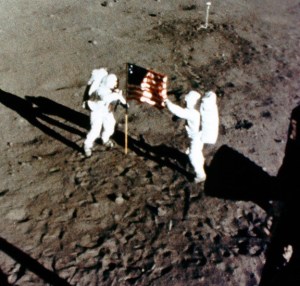
“Houston, Tranquility Base here, the Eagle has landed.” “That’s one small step for [a] man, one giant leap for mankind.” “Magnificent desolation.” Three phrases that recall humanity’s first landing on and exploration of the lunar surface. In July 1969, Apollo…
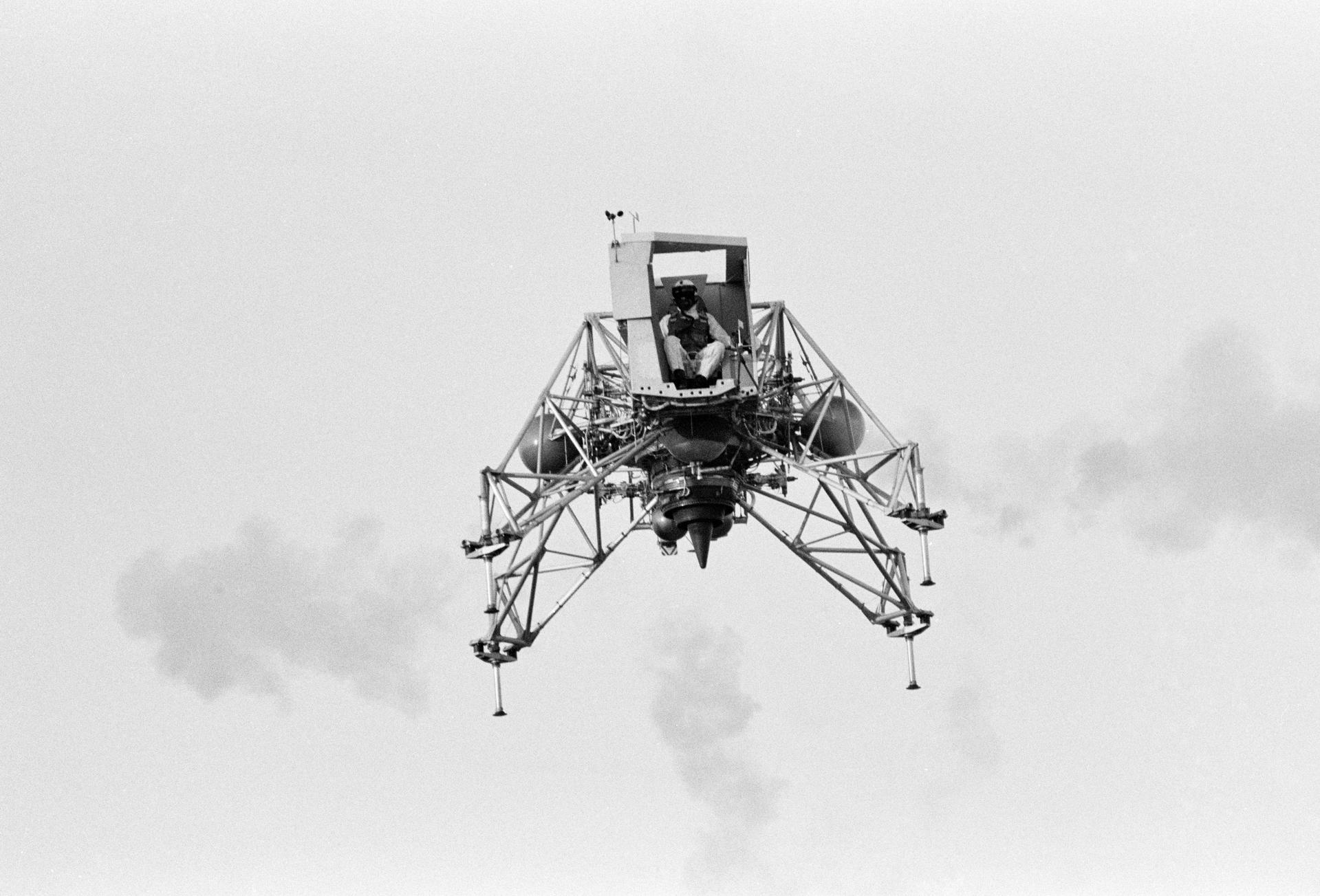
On May 6, 1968, NASA astronaut Neil A. Armstrong took off on a simulated lunar landing mission in a Lunar Landing Research Vehicle (LLRV) at Houston’s Ellington Air Force Base (AFB). After about five minutes of nominal flying, the vehicle…
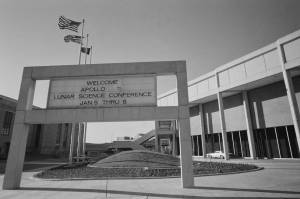
Less than five months after Apollo 11 astronauts Neil A. Armstrong, Michael Collins, and Edwin E. “Buzz” Aldrin returned from their Moon landing mission with 48 pounds of lunar samples, scientists who conducted preliminary studies of those samples met to…
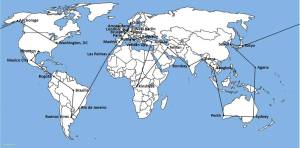
What do you do for an encore when you’ve just completed the first human Moon landing mission? You go on a 38-day around the world goodwill tour, visiting 29 cities in 24 countries, at the request of the President of…
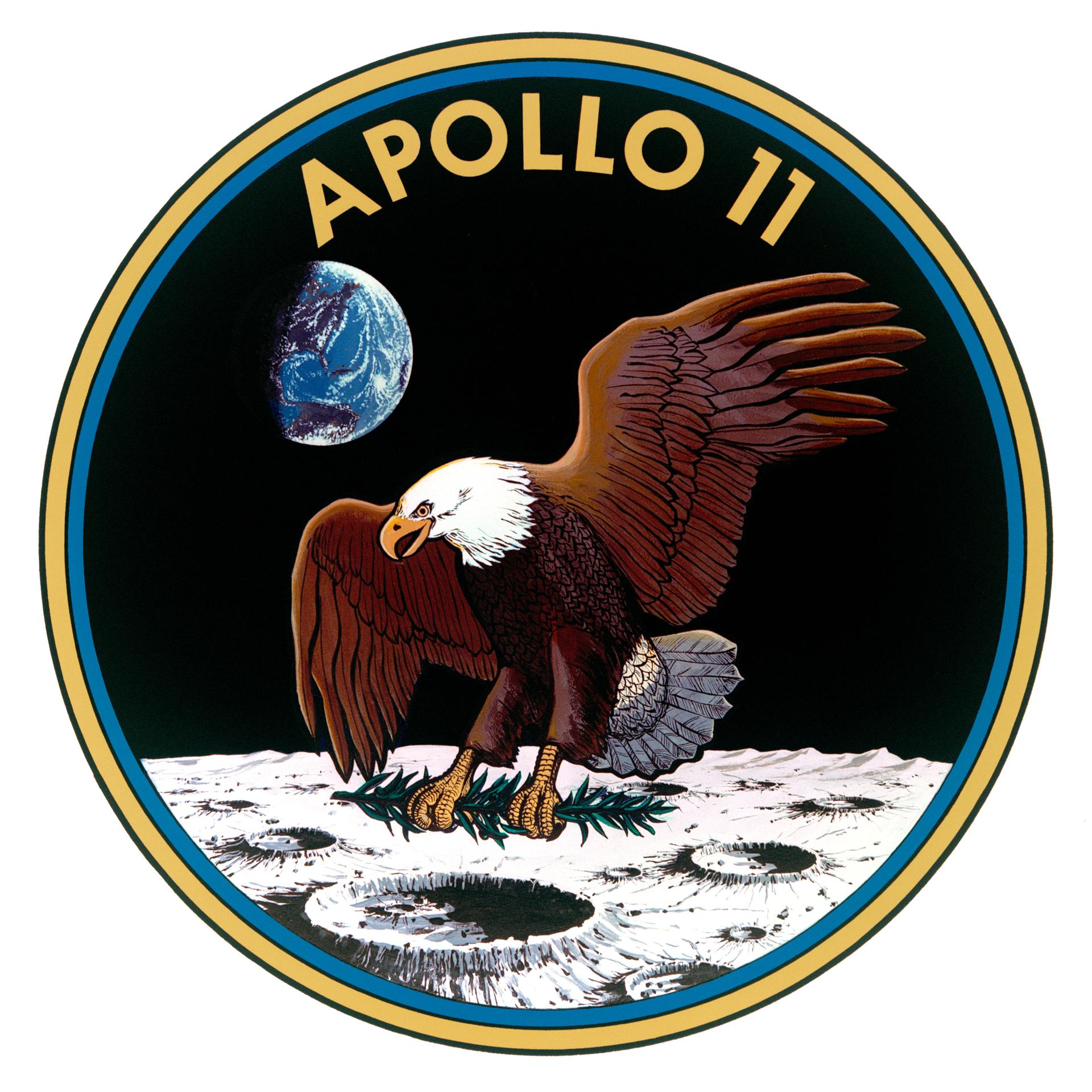
Discover More Topics From NASA

Humans In Space

The Apollo Program
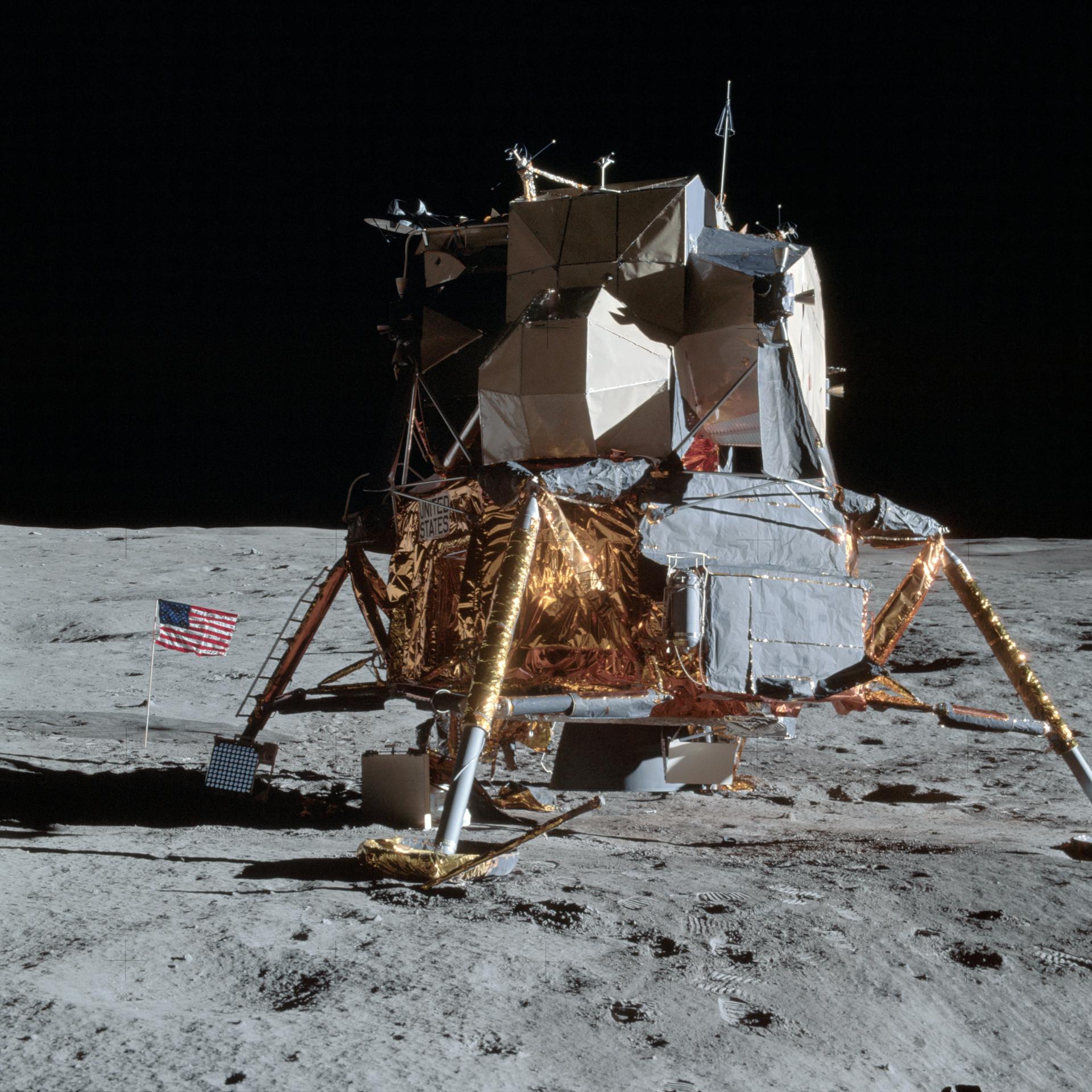
- History Classics
- Your Profile
- Find History on Facebook (Opens in a new window)
- Find History on Twitter (Opens in a new window)
- Find History on YouTube (Opens in a new window)
- Find History on Instagram (Opens in a new window)
- Find History on TikTok (Opens in a new window)
- This Day In History
- History Podcasts
- History Vault
Neil Armstrong
By: History.com Editors
Published: September 26, 2023

On July 20, 1969, astronaut Neil Armstrong became the first person to walk on the moon, arguably the greatest technological achievement in human history. The moon landing made Armstrong famous, but the Navy pilot from Ohio was never comfortable with the spotlight. Right up until his death in 2012, Armstrong deflected praise for his role in the historic Apollo 11 mission , echoing his famous words as he first stepped onto the lunar surface: “That’s one small step for a man, one giant leap for mankind.”
Early Life and Korean War
Neil Armstrong always wanted to fly. He was born on August 5, 1930 near Wapakoneta, Ohio, less than 60 miles from the Wright brothers’ workshop in Dayton. In 1936, when he was six years old, young Neil rode in his first airplane, a “Tin Goose” Ford tri-motor passenger plane. He was hooked. At 16, Armstrong earned his student pilot’s license, even before he had a driver’s license.
In 1947, Armstrong attended Purdue University on a Naval scholarship, studying aeronautical engineering. As part of his scholarship, the Navy trained Armstrong as a fighter pilot in Florida. His college studies were interrupted by the outbreak of the Korean War , where Armstrong flew 78 combat missions. His aircraft, the F-9F Panther jet, was one of the first jet fighters to launch from a carrier.
NASA Test Pilot
After finishing college, Armstrong went to work for the National Advisory Committee for Aeronautics (NACA), which became the National Aeronautics and Space Administration (NASA) in 1958. The mild-mannered kid from Ohio made his name as one of the most daring and skilled test pilots at NASA’s Flight Research Center (now the Armstrong Flight Research Center) at Edwards Air Force Base in California.
During seven years as a test pilot, Armstrong flew 200 different aircraft that pushed the limits of speed and altitude, including the legendary X-15. High over the California desert, Armstrong reached speeds of more than 4,000 mph and took the needle-nosed X-15 to the edge of space. Armstrong’s steady hand as a test pilot was instrumental to the success of NASA’s first Mercury astronauts . Soon he’d become one of them.
The Gemini Program
1962 was a year of joy and heartache for the Armstrong family. Neil was chosen for NASA’s astronaut training program in Houston, but he and his wife Janet also lost their second child, a two-year-old daughter named Karen, to an inoperable brain tumor.
Armstrong buried himself in his work preparing for the Gemini program, NASA’s next step toward reaching the moon. In 1966, Armstrong was chosen as command pilot for the Gemini 8 mission, the first time that NASA astronauts would attempt to connect two spacecraft in orbit, a difficult and dangerous maneuver known as “rendezvous and docking.”
In March, 1966, Armstrong and his copilot David Scott rocketed into orbit and successfully docked with the target spacecraft Agena, but things quickly went awry. A thruster on the Gemini 8 capsule malfunctioned and the two interlocked spacecraft began to veer off course. To avoid burning up in the Earth’s atmosphere, Armstrong detached from the Agena, but the release of the Agena’s weight sent the Gemini capsule into an uncontrolled spin.
The G-forces created by the end-over-end spin were crushing and both astronauts were on the verge of losing consciousness when Armstrong activated a set of secondary thrusters and wrestled the Gemini capsule back under control. There’s no doubt that Armstrong’s test pilot nerves saved both astronauts’ lives.
The Moon Landing
Armstrong was selected for the Apollo program, the final push to the moon, but he almost never made it back to space. On May 6, 1968, Armstrong was in Houston conducting his 22nd test flight of the Lunar Landing Research Vehicle, an ungainly practice aircraft. Without warning, the LLRV veered out of control. Armstrong ejected and parachuted to safety, seconds before the LLRV crashed in a fiery explosion.
Undaunted, Armstrong continued his training and was chosen by NASA as the spacecraft commander for Apollo 11, the mission to land the first men on the moon. His crewmates were Michael Collins , pilot of the command module that orbited the moon, and Buzz Aldrin , the lunar module pilot. Aldrin lobbied hard to be the first to step on the lunar surface, but the NASA brass chose Armstrong for his calm confidence and total lack of ego.
Those trademark nerves were on display on July 20, 1969 as Armstrong piloted the Lunar Module toward the surface of the moon. With fuel running dangerously low, Armstrong switched to manual control to steer the fragile spacecraft away from a field of “Volkswagen”-sized boulders and land the astronauts safely in the silty lunar soil.
As millions watched the live broadcast on their televisions, the shy pilot from Ohio descended the ladder of the Lunar Module and uttered his now-famous words: “That’s one small step for [a] man, one giant leap for mankind.” Because of the static-filled connection, the “a” was inaudible, but Armstrong insisted that he said it.
Life After the Moon Landing
Overnight, Armstrong became the most famous man alive. Four million spectators lined the streets of New York City to welcome home Armstrong and his fellow Apollo 11 astronauts in a ticker-tape parade. But Armstrong wasn’t in it for the fame and accolades. He quietly went back to a desk job at NASA headquarters in Washington, D.C., then earned a master’s degree in aerospace engineering from the University of Southern California in 1970.
Armstrong retired from NASA in 1971 and took a job as an engineering professor at the University of Cincinnati in his home state of Ohio. In 1986, he joined the Rogers Commission investigating the tragic Challenger shuttle explosion . Later, Armstrong served on a number of corporate boards in the aerospace industry and testified before Congress about the importance of maintaining a manned space program.
In 2005, Armstrong consented to a rare television interview on 60 Minutes , in which he was asked directly if he was uncomfortable with the fame of being the first man on the moon. “No, I just don’t deserve it,” replied Armstrong, smiling. “Circumstance put me into that particular role. That wasn’t planned by anyone.”
In 2012, Armstrong went in for heart bypass surgery and the 82-year-old astronaut died of complications.

HISTORY Vault: The Apollo 11 Moon Landing
This documentary unearths lost tapes of the Apollo 11 astronauts, and explores the dangers and challenges of the mission to the moon.

Sign up for Inside History
Get HISTORY’s most fascinating stories delivered to your inbox three times a week.
By submitting your information, you agree to receive emails from HISTORY and A+E Networks. You can opt out at any time. You must be 16 years or older and a resident of the United States.
More details : Privacy Notice | Terms of Use | Contact Us

IMAGES
VIDEO
COMMENTS
On July 20, 1969, American astronauts Neil Armstrong (1930-2012) and Edwin "Buzz" Aldrin (1930-) became the first humans ever to land on the moon. About six-and-a-half hours later, Armstrong ...
Apollo 11, U.S. spaceflight during which commander Neil Armstrong and lunar module pilot Edwin (“Buzz”) Aldrin, Jr., on July 20, 1969, became the first people to land on the Moon and walk the lunar surface.
Commander Neil Armstrong and Lunar Module Pilot Buzz Aldrin landed the Apollo Lunar Module Eagle on July 20, 1969, at 20:17 UTC, and Armstrong became the first person to step onto the Moon's surface six hours and 39 minutes later, on July 21 at 02:56 UTC.
July 1969. It’s a little over eight years since the flights of Gagarin and Shepard, followed quickly by President Kennedy’s challenge to put a man on the moon before the decade is out. It is only seven months since NASA’s made a bold decision to send Apollo 8 all the way to the moon on the first manned flight of the massive Saturn V rocket.
After four days traveling to the Moon, the Lunar Module Eagle, carrying Neil Armstrong and Buzz Aldrin landed on the Moon. Neil Armstrong exited the spacecraft and became the first human to walk on the moon.
On July 20, 1969, a human walked on the Moon for the first time. Relive the full journey to and from the the Moon with the timeline below. Vice President Spiro Agnew and former President Lyndon B. Johnson view the liftoff of Apollo 11 from pad 39A.
On July 20, 1969, just eight years after President John F. Kennedy threw down the Cold War gauntlet and announced the ambitious goal of “landing a man on the moon and returning him safely...
Watch highlights of the Apollo 11 mission including the launch on July 16, 1969, the landing of the lunar module, Neil Armstrong's first steps on the Moon, splashdown, and more. Watch on NASA+.
On July 20, 1969, astronaut Neil Armstrong became the first person to walk on the moon, arguably the greatest technological achievement in human history. The moon landing made Armstrong...
Apollo 11 was the U.S. spaceflight in which commander Neil Armstrong and pilot Edwin ('Buzz') Aldrin, Jr., became the first people to land on the Moon.